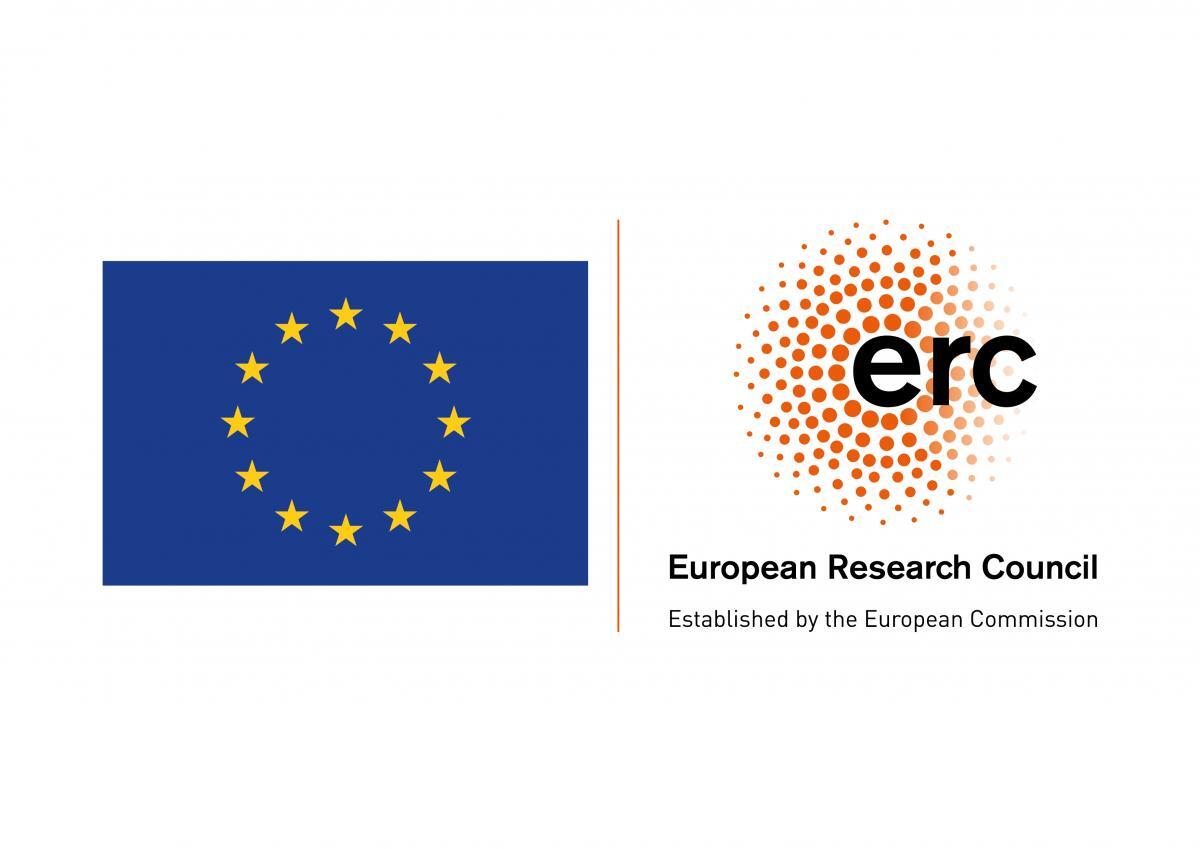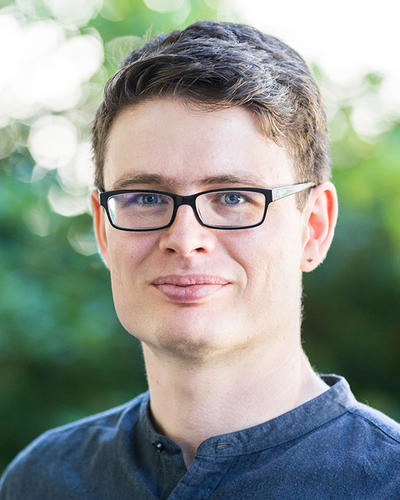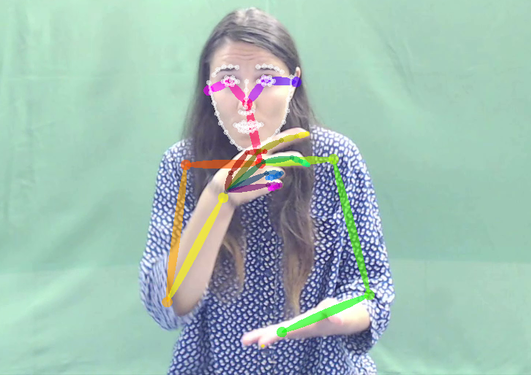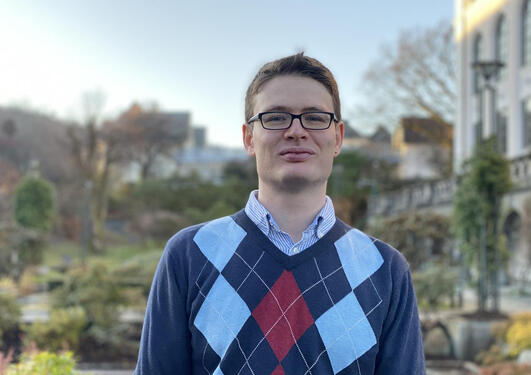Prestigious grant for sign language researcher
Linguistics professor Vadim Kimmelman receives high-level funding from the EU. Now he will be able to build a research team and explore different properties in five different sign languages.

Main content
Despite his young age, Vadim Kimmelman has made his mark internationally in the study of sign language. He already has an impressive track record, and the list keeps getting longer.
Now he has received an ERC Starting Grant from the EU, research funds awarded to young and promising researchers who have excelled through their research.
Receiving such funding from the ERC, the European Research Council, is considered to be one of the most prestigious achievements of a researcher in their career.
Important for our understanding of language
As a linguist, Kimmelman is primarily concerned with understanding how language is built up grammatically and structurally. The project he will now lead is called "Fundamentals of formal properties of nonmanuals: A quantitative approach". In brief, he will study facial expressions, body movements and head movements in five different sign languages.
"It’s very important to have a good understanding of sign language if we want to have an understanding of universal and non-universal phenomena in languages in general," he says.
"Virtually all theories we have about language are based on spoken language, or even worse, on written language. But sign language is another important form of natural language. So if we want to say something about Language with a capital L, we must always ask ourselves: how does it work in sign language?"
According to Kimmelman, if a phenomenon differs in speech and sign language, it cannot be a universal phenomenon. Intonation is an important part of our language and communication, and without a good understanding of intonation in sign language, we will not be able to understand a language’s main features.
Gets to lead a research team
The grant that Kimmelman is receiving is in the amount of EUR 1.5 million and spans a period of five years. This means that he can establish his own research group. Over the next year, he will recruit two PhD candidates and two researchers who will work on the project together with him.
"This support from the ERC means a lot to me. It gives me the opportunity to establish a large project and explore an idea that I've had for a few years now. Being able to do it on a large scale, and together with other researchers, is a great privilege," he says.
Will look at markers to communicate information
The main goal of Kimmelman's project is to build understanding of the fundamental properties of non-manual markers, i.e. the facial expressions, head movements and body movements used in sign language to communicate information.
- Read more here: The complex system of facial expressions in sign language
As an example, Kimmelman explains that in many kinds of sign languages it is possible to distinguish between a declarative sentence and a question using only facial expressions and head movements. In this way, parallels can also be drawn between non-manual markers and intonation in spoken language.
"What I want to do is specifically explore the different forms of non-manual markers. I will explore these in five different sign languages, using new technology, Computer Vision, in addition to advanced statistical analysis," he says.
OpenPose
The video shows a sentence (as a declarative sentence and two types of questions), combined with different emotions. It also shows how to automatically track different body parts and faces using Computer Vision.



